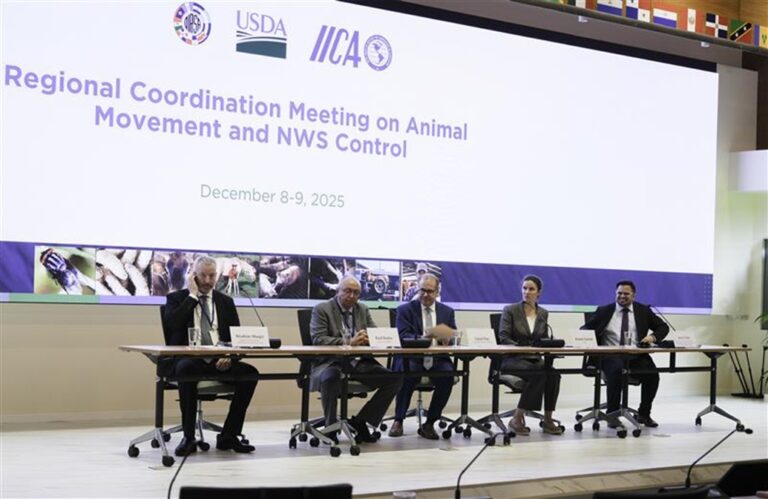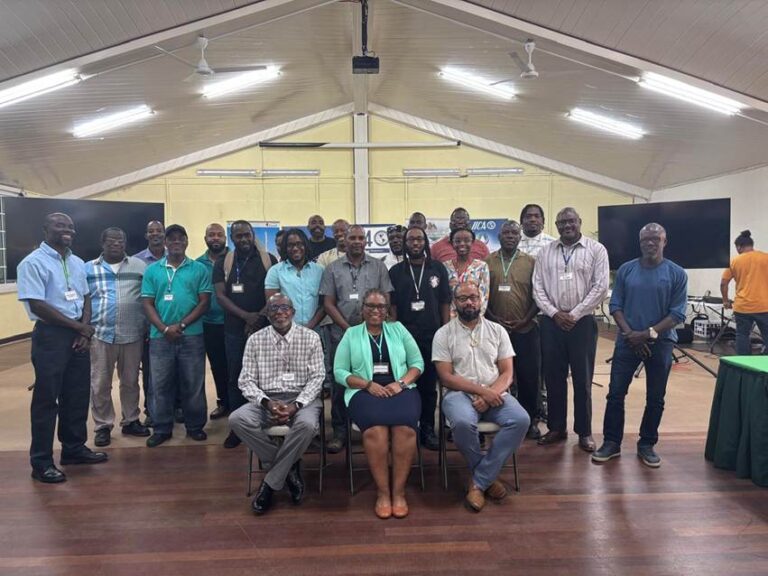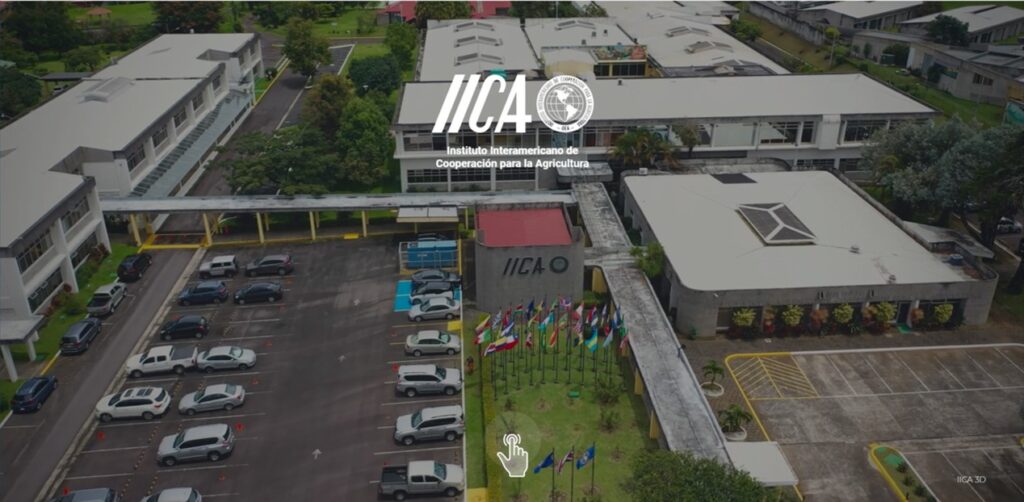Project will help standardize methods used to gather information on fruit prices and other variables, in order to improve market intelligence in Central America and the Dominican Republic.
San Jose, Costa Rica, October 3, 2011 (IICA). Central America, Panama, Belize and the Dominican Republic will share, via a regional platform, information originating in their tropical fruit markets, with a view to making this production sector more competitive and identifying export opportunities for agribusinesses.
In two workshops held in Costa Rica, representatives of the agricultural market information systems (AMIS) of those countries shared tools and methodologies for analyzing trends, risks and threats in the marketing of fruit in the region, which will facilitate business and political decision-making.

The training sessions were held at the headquarters of the Inter-American Institute for Cooperation on Agriculture (IICA) and the National Food Supply and Distribution Center (CENADA), and were coordinated by the Mesoamerican Fruit Production Project (PROMEFRUT), with funds from the Inter-American Development Bank (IDB) and technical advice from IICA and the Market Information Organization of the Americas (MIOA).
Frank Lam, an IICA Agribusiness and Marketing Specialist, indicated that the goal of the project was to standardize the procedures followed in gathering and analyzing prices and other variables, in order to provide strategic information to those involved in the fruit chains of the region, which will allow them to be more competitive in national and international markets.
PROMEFRUT consultant Maritza Rodriguez explained that the correct use of data analysis models makes it possible to gather market intelligence, in other words, to design strategies and plans of action for production activities. According to Rodriguez, “We have done a lot of market research, now it time to engage in market intelligence activities”.
During the workshops, held from September 26-30, an analysis was done of different AMIS used in the Americas to generate reports that facilitate market intelligence. Among those used was that of the United States Department of Agriculture (USDA).
“We have invested a lot of resources in the development of our information system to analyze the behavior of prices in the markets where we have interests,” said Michael Dwyer, Director, Global Policy Analysis Division of the USDA Foreign Agricultural Service (FAS-USDA).
Luis Fernando Palmer, International Reports Section Head, Agricultural Marketing Service (AMS-USDA), noted that the workshops had brought together for the first time those who report on agricultural markets in the region, and stressed that the gathering of price information was the key role of the AMIS.
For more information, contact:
frank.lam@iica.int











